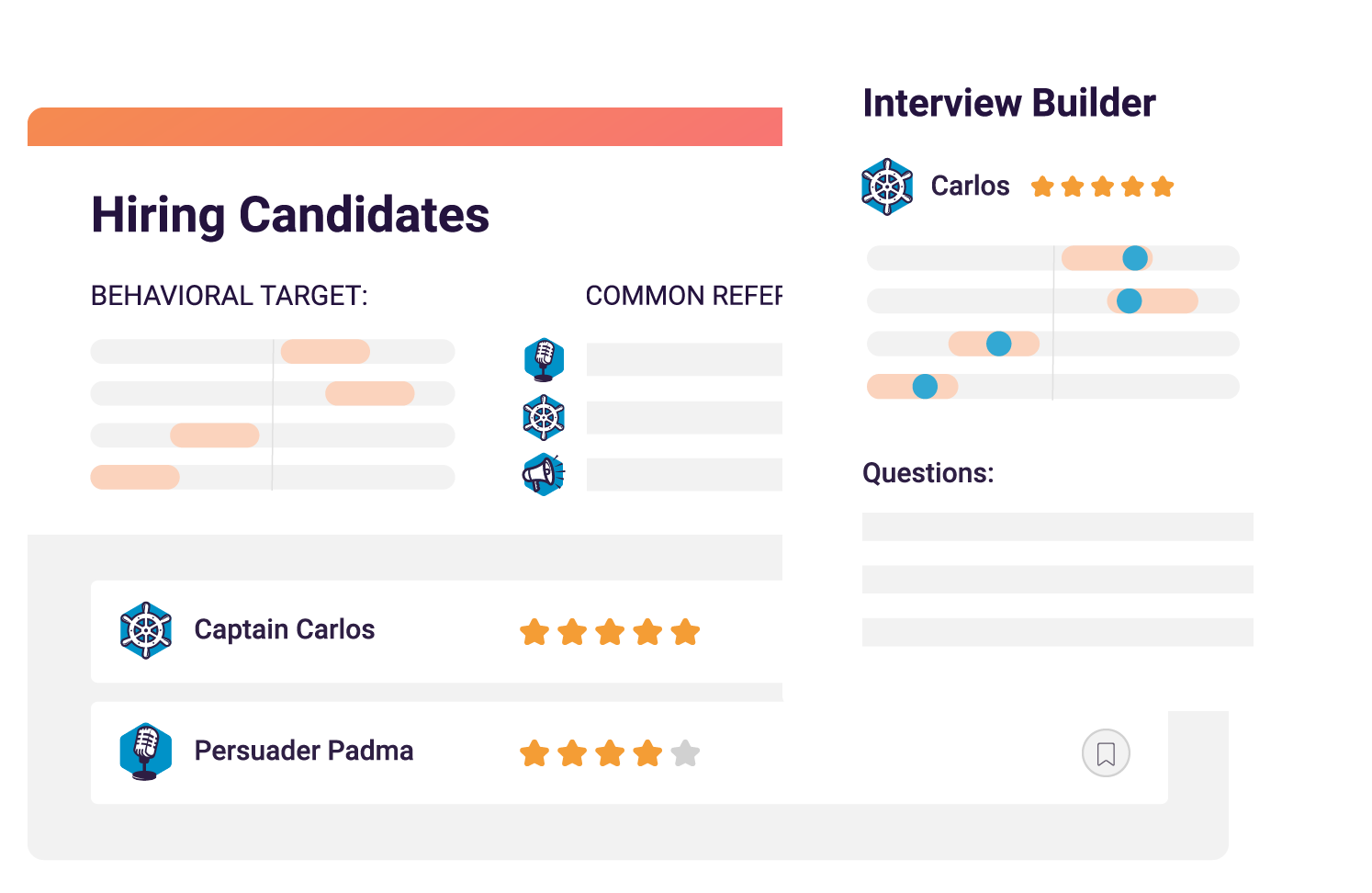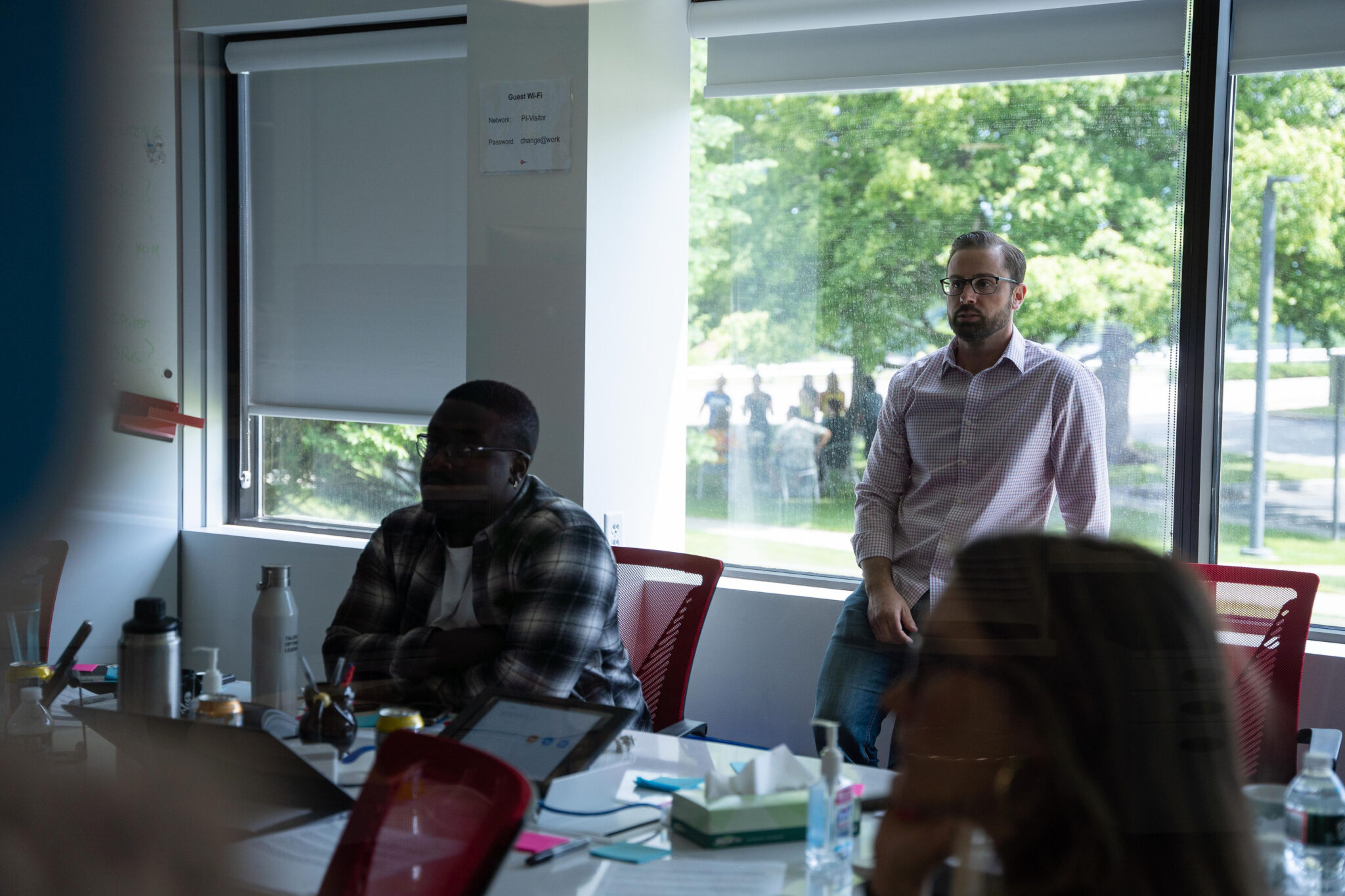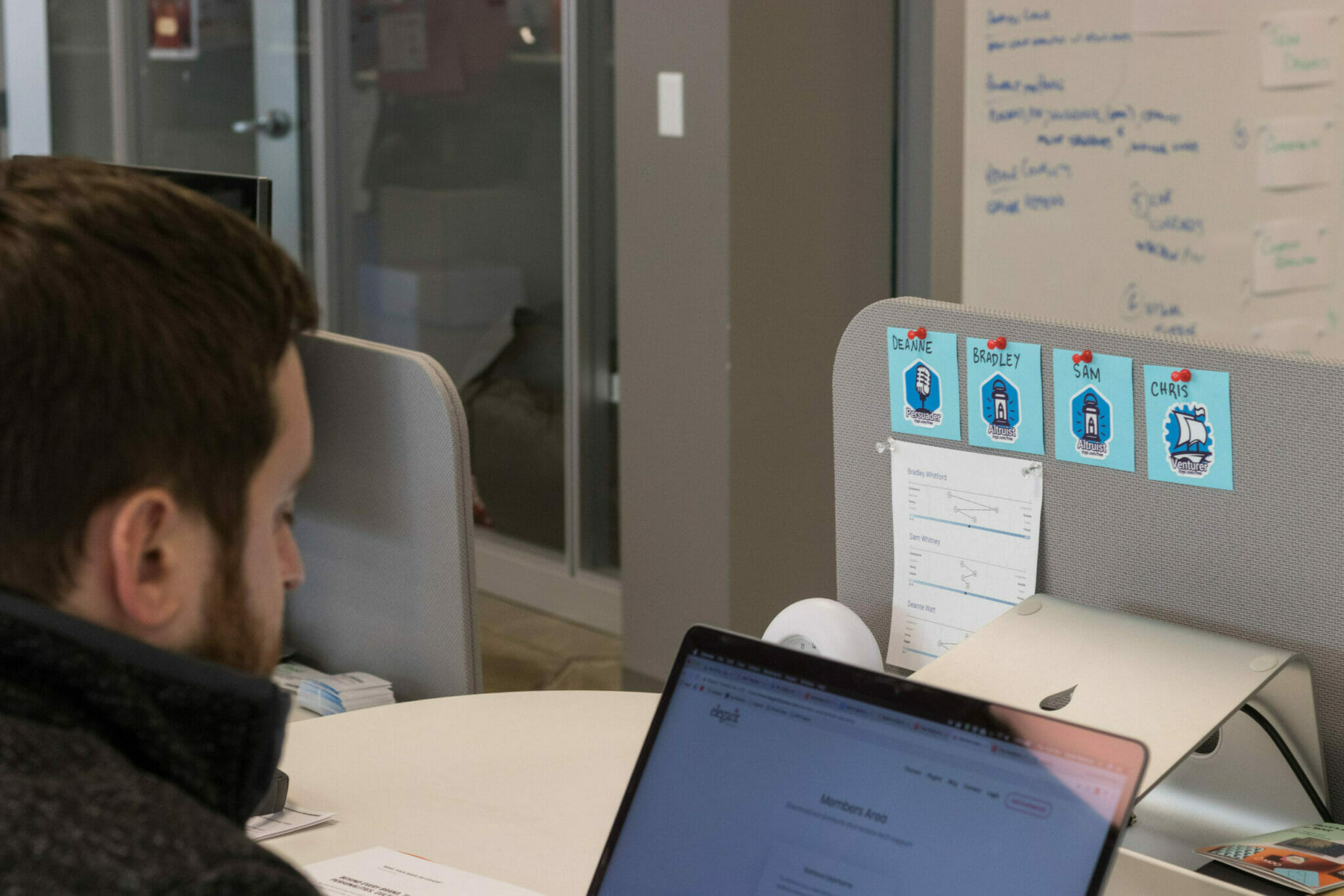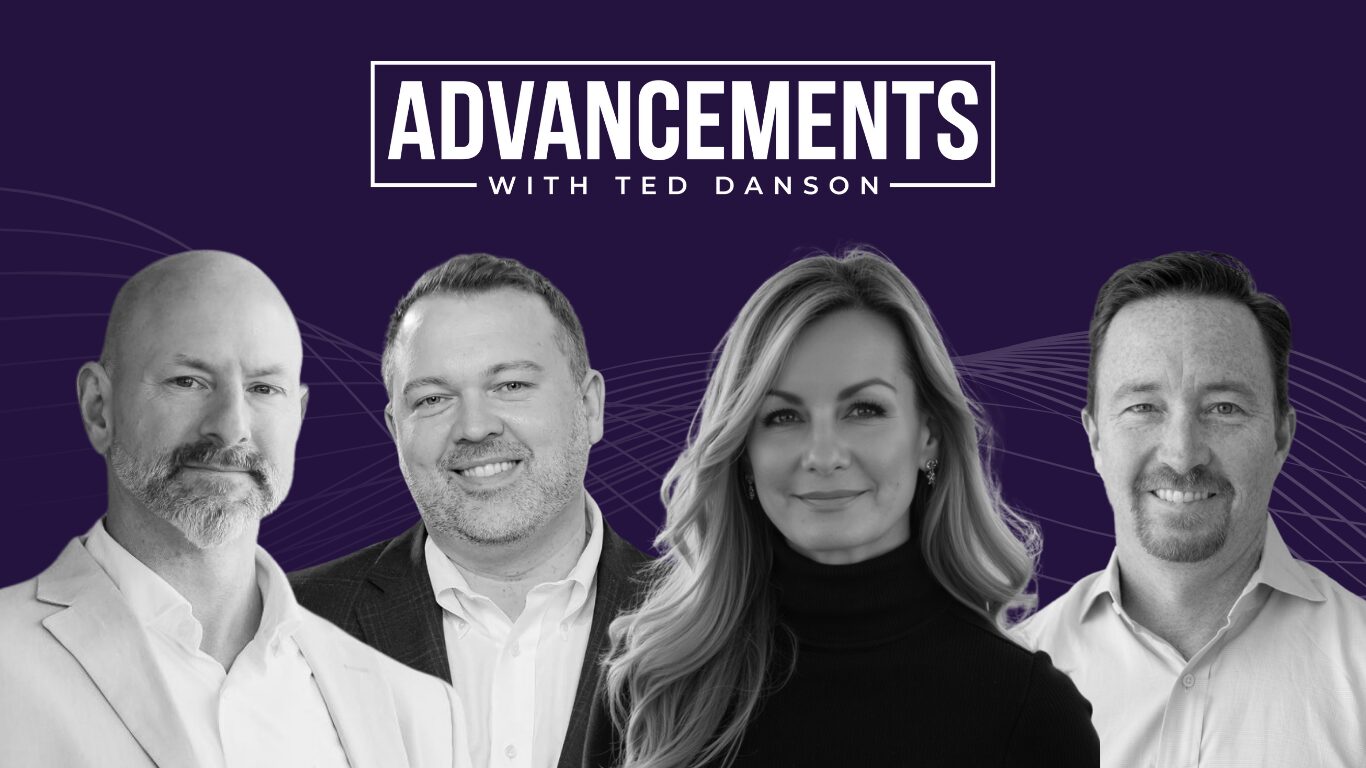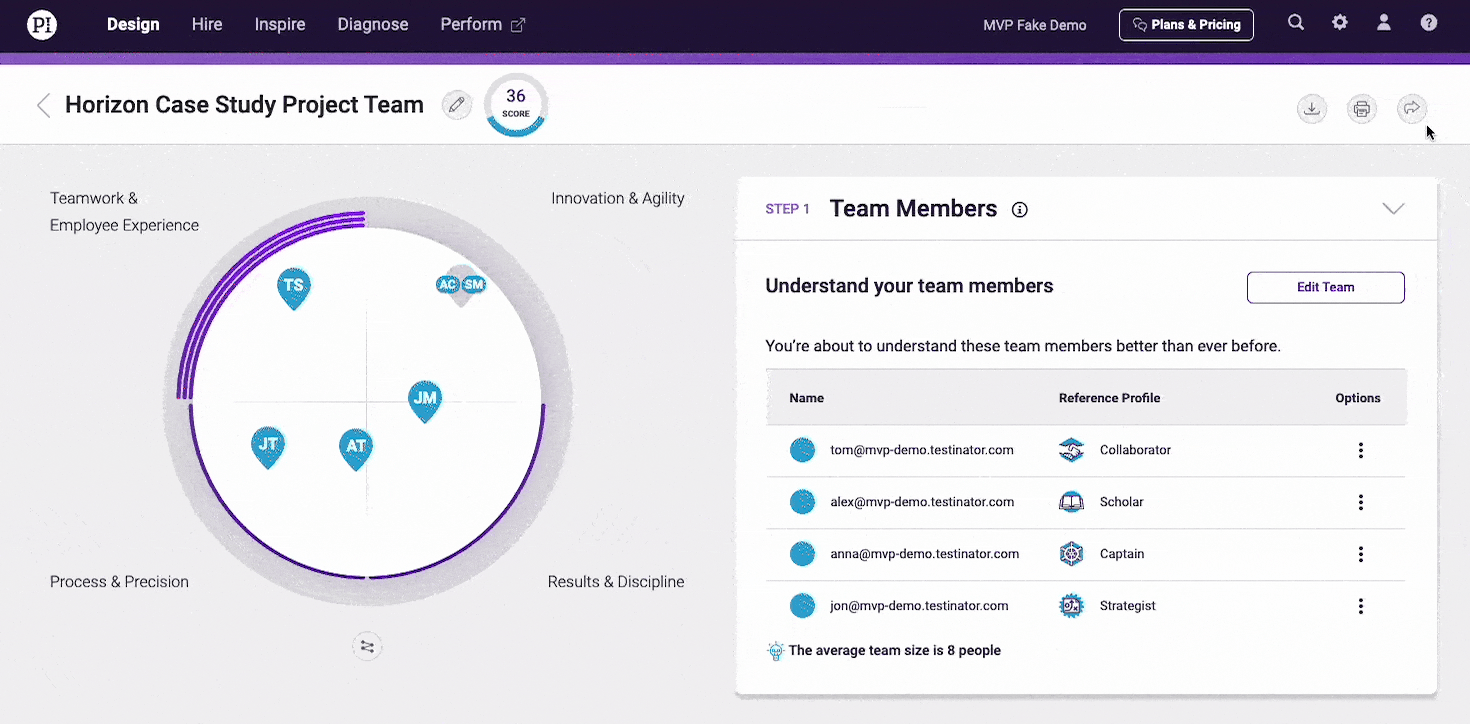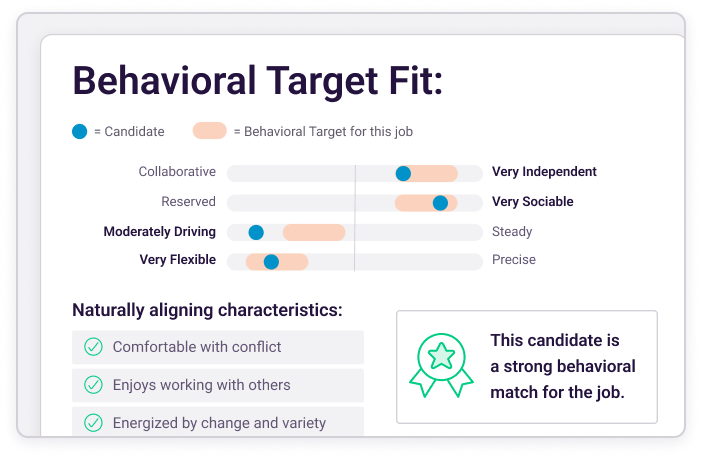We’re unpacking the forces driving HR and business action over the next half-decade. We’re putting these forces in historical context, while also providing HR leaders with actionable advice on how to assess their risk, prepare their teams, and better understand the ramifications of inaction.
The employer-employee dynamic is constantly shifting, but perhaps never more than in the past half-decade. The push and pull has been especially pronounced thanks to a recent run of hiring sprees, work stoppages, and mass reductions in force. The post-COVID era has seen seismic shifts in employee preferences, including, for many, an increasing aversion to working for companies set in old ways.
Many employers have wielded return-to-office mandates as a show of force, with mixed results. Employees have exercised their own agency by leveraging competing offers, quitting (quietly or not so quietly), and expressing their dissatisfaction with traditional notions of work. People want greater autonomy and less bureaucracy – factors that often favor smaller companies with fewer corporate layers.
Meanwhile, structured hybrid models, wherein employees generally assign their own hours, have steadily increased.
And while you can’t possibly accommodate every personal preference, you can take steps to display your commitment to bettering their work and personal lives, no matter who they are or what job they perform.
Prepare for the future of work
Check out our latest ebook – the HR Field Guide to the Future – and assess your team’s readiness and risk for the forces driving business action.
Recognizing the relationship between flexible working options and employee satisfaction
“Flexible” can mean different things at different places, for different people, but there’s no denying the increasingly strong correlation with employee satisfaction and organizational health. Understanding how your people are behaviorally driven can offer insight into their potential preferences, but there will be no one-size-fits-all solution when it comes to the modern workplace setup.
Agility and empathy will be hallmarks of healthy businesses in the coming decade. While certain industries and roles will afford more flexibility than others, business leaders who hold the line purely for the sake of policy or tradition will fall by the wayside.
The consequences of inaction on this issue might be particularly dire. Ultimately, it’s a matter of competitive standing – if every other employer in your field is offering hybrid or ad-hoc working arrangements, you simply won’t be able to retain talent if you don’t.

Evolving your hiring and team-building practices for 2025 and beyond
In a similar vein, the companies whose hiring practices stay stagnant won’t fare well with the next generations of available talent. In the same way your employer brand can reflect how the ways you value customers and candidates, your hiring practices are a peek behind the curtain of day-to-day company operations.
Expand the criteria you use to evaluate candidates to include cognitive or behavioral data and you’ll unlock newfound insights into why people work certain ways. You can apply the same concept to team building, to great effect. Team dynamics are complex. Just one addition alters the behavioral profile of the group – and any misalignment can stifle team development.
HR prep step 👉 Make behavioral awareness and workplace flexibility a part of your company’s mission. HR and business leaders who recognize and leverage people’s behavioral preferences will broaden their organizational appeal.
Tap into employee engagement and unlock innovation.
Employee engagement is always evolving, manifesting in new and unfamiliar ways as companies expand their workforce and offerings. We need new means of measuring engagement as it becomes more complex, and performance less immediately visible.
But whether you measure it through pulse surveys, interactive webinars, or a more scientific process, the point is that you maintain some gauge of your people’s pulse. Because the correlation between employee engagement and performance (and innovation, to boot) is proven, and unlikely to change even as working conditions do.
Whether yours is a 10-person organization or multinational corporation, operating in manufacturing or fintech, you can’t unpack your people problems without monitoring them. Proven employee engagement tools like PI Diagnose allow you to leverage science-backed insights to understand – and retain – your people. And when your people know you’re not only monitoring, but addressing their concerns, you’ll get more discretionary effort, innovation, and better performance.
Tapping into employee engagement is not some hack or trend – it’s a matter of organizational health moving forward.
